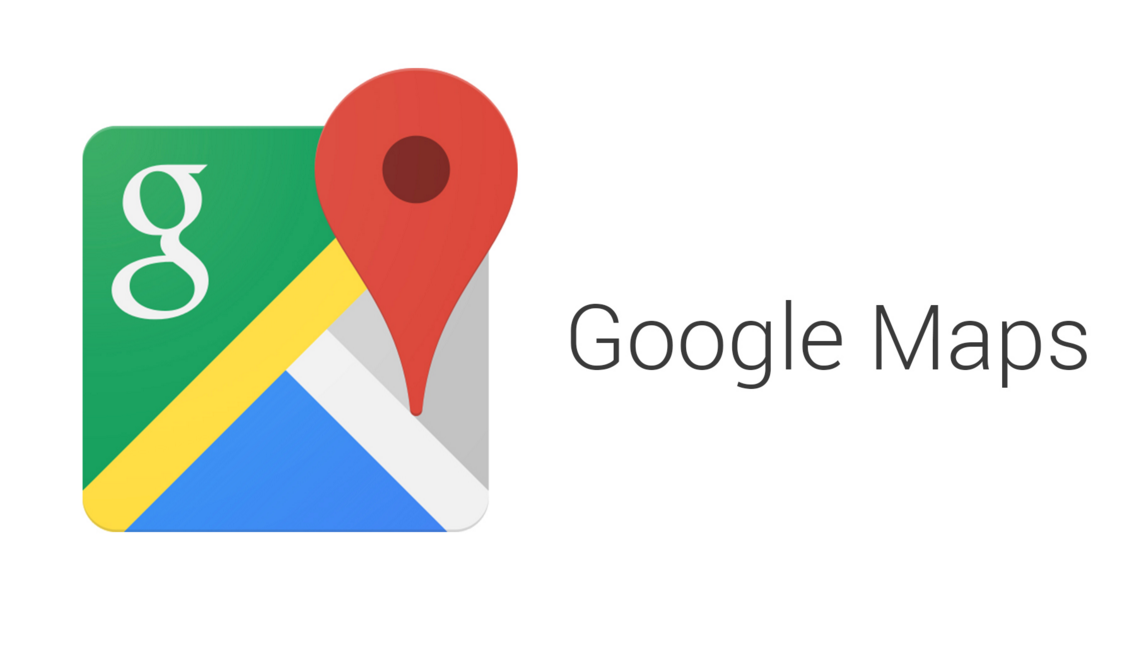Over the past couple of months, we've monitored several changes to the way crowdsourcing information is handled in Google Maps. Now all of these changes have been made official in a blog post on Google Lat Long's page, adding details about the different features' availability.
First, since May, editing and adding Places has been accessible worldwide. It's available on both the Android and iOS apps, as well as through Google Search. Whether you're viewing an existing listing that has outdated details or you've dropped a pin where there's nothing but you know a listing should exist, you can edit or add those to provide better information for others who might be looking for it.
Second, last month, we started spotting a new interface for adding attributes to a place. Maps will display a couple of lines asking if you know what features a place has and if you tap that, you'll see different categories and answers that you can easily select and submit. These are similar to the question cards that Maps has been serving us for a while, except it's much faster to send multiple answers in one go instead of checking each card individually. This only appears to be available to the Android app.
And third and last, also since last month, we've started seeing Google not only crowdsource information about a place, but also the verification process. When a place has several contradictory details or a suggested edit, Maps will show that in bright orange and users can choose which information is correct. They can also call the place to verify that — kudos if you're one of those willing to do that. Google says that, "once enough votes are received to be confident that the suggestion is accurate, it’s published to the map." These verification cards will be available to the Android app as well as Search users on Android and iOS.
Now we're sure that these changes aren't just short-term trials that Google was running, but they're finally and officially, erm, official.
Source: Google Lat Long

